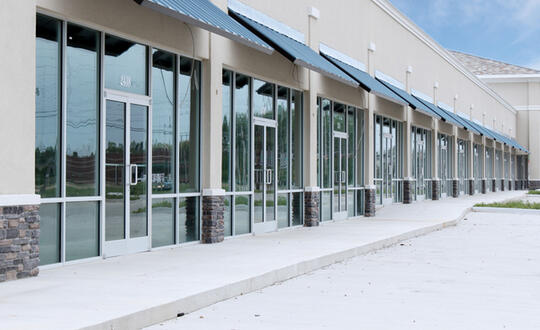Locally Sourced Cannabis Laws: The Importance of Zoning in Cannabis Operations
Sep 10 2021
'Is it local?' isn't just a question about the source of a cannabis product; now it's a question about one of the more complex and inconsistent levels of cannabis regulation, that of the local government. Production and sale of cannabis requires federal, state, and local approval; while attention is often first given to federal or state allowances, the local regulations ultimately determine where a cannabis business may operate.
Local governments regulate "land uses" through zoning laws, and the production, distribution, or sale of cannabis is a land use that is increasingly identified in a local zoning ordinance. A local government may permit, prohibit, or permit land uses subject to conditions in certain zoning districts. There may be a specific procedure to obtain a zoning approval, such as approval by a governing board or planning commission, and a public hearing with opportunity for public comment is often required. The standards by which a decision is made will vary by state and often by jurisdiction.
Cannabis is a relatively new land use; because it was not legal, there was no need to define and regulate it in zoning ordinances. Many local governments are undertaking the nascent process of regulating cannabis and are imposing zoning conditions by which cannabis land uses must abide by to reduce impact on surrounding properties, or to make the approval of a cannabis land use more politically palatable. Zoning conditions commonly imposed by local governments for cannabis land uses may include the following:
Understanding these regulations early on is key in navigating the competitive environment of opening a cannabis business once it is legalized. In Denver, for example, only about 10% of the land area is eligible to open a dispensary after accounting for the limited zoning districts where a cannabis operation may be located and applicable buffering requirements. Once the correct zoning district is identified, buffering requirements further restrict the location. In a proposed bill to allow cannabis use in North Carolina for medical purposes, a 1000 foot buffer from schools and churches is proposed and would apply across the state. Even once a viable site might be identified, there may be a cap of the total number of businesses permitted. In Chicago, a lottery system was established to select applicants for the limited number of cannabis operations that may be established, with a cap in each district.
These use restrictions are important for design purposes as well. In Los Angeles, it is unlawful to deliver by vehicle any Cannabis or Cannabis derived product allowed by State law, where any Cannabis or Cannabis derived product is visible from the exterior of the vehicle. Production uses often require fencing, such as in King County, Washington.
Early and accurate diligence to review the local zoning laws is critical in determining which jurisdiction to locate your business, and where within a jurisdiction a cannabis business is eligible to operate.